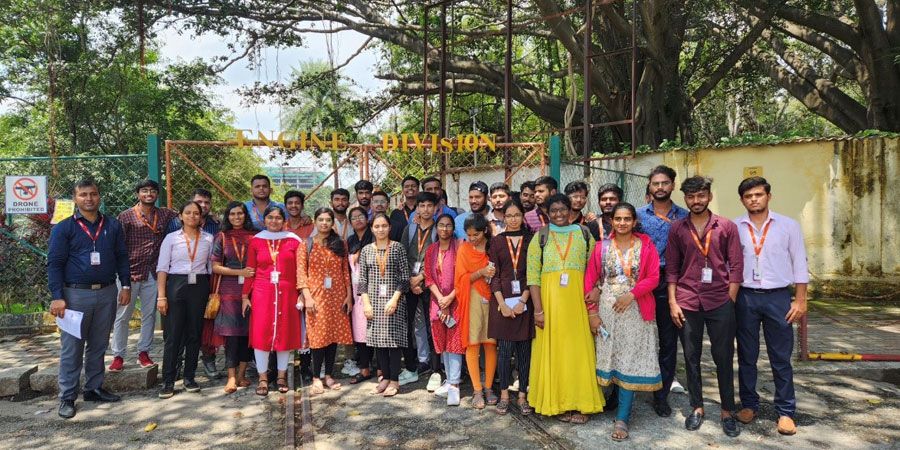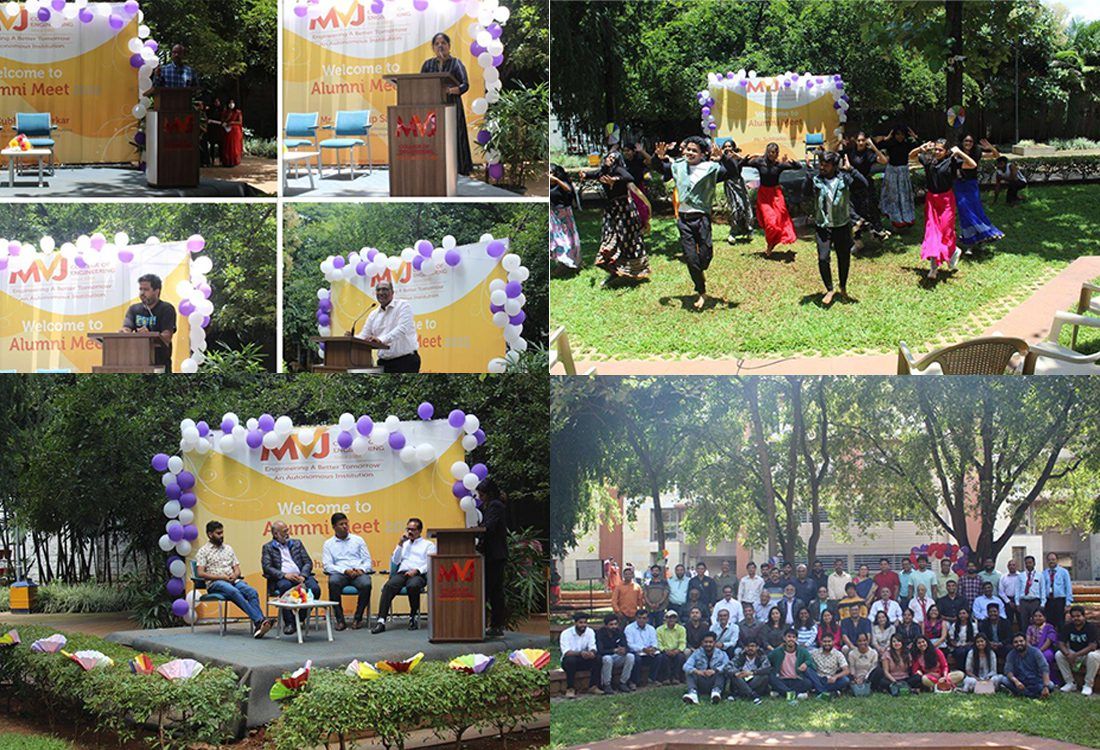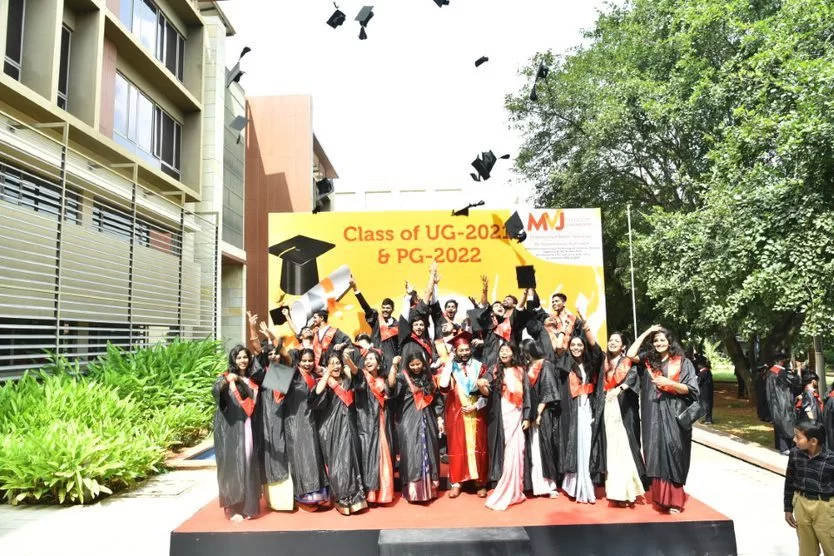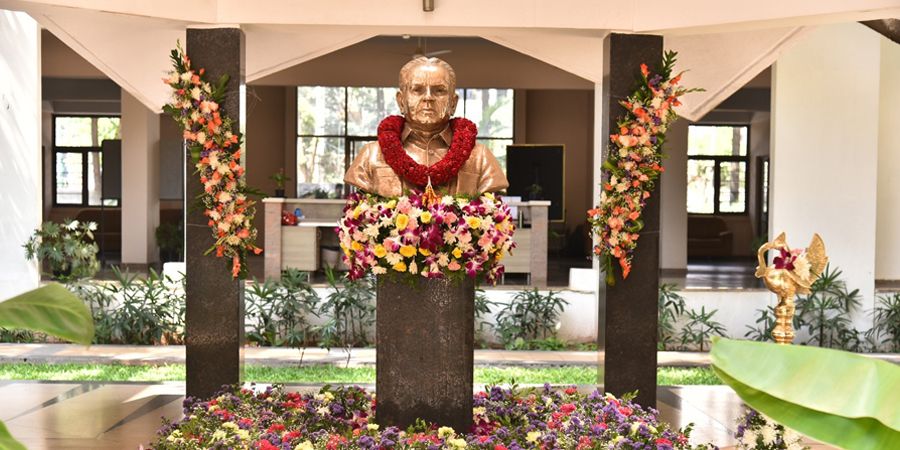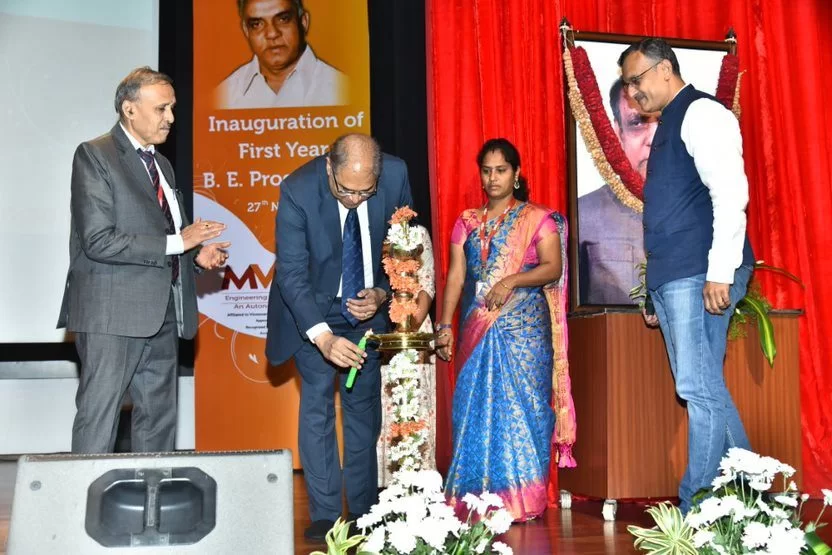One Day Industrial Visit to HAL AERO ENGINE RESEARCH & DESIGN CENTRE (ENGINE DIVISION)
HAL Engine Division
The Aero Engines Research and Design Centre, established in 1960, is responsible for the design and development of Gas Turbine Engines. It has successfully designed and developed small aero engines currently in operation with the defense services. The center also holds patents and copyrights for certain critical technologies.
The Centre completed the design and development of the Hindustan Jet Engine (HJE-2500) as its first jet engine project in 1965, which was initially proposed for the HJT-16 aircraft. Subsequently, piston engines and other engine accessories, including a pneumatic starter and a hydraulic pump, were developed. The Centre is the only design house that has developed test beds for engines of both Western and Russian origin.
AERDC has undertaken the design and development of the HTFE-25 engine, a turbofan engine for powering medium-thrust-class aircraft, and the HTSE-1200 engine, a turboshaft engine for powering helicopters.
VISIT TO HAL AERO ENGINE RESEARCH & DESIGN CENTRE (ENGINE DIVISION)
The students from the VII Semester Aeronautical Engineering ‘A’ Section students visited the HAL AERO ENGINE RESEARCH & DESIGN CENTRE (ENGINE DIVISION) on 23.09.2023. The students were asked to assemble at the conference hall where the students were briefed about the works carried out by HAL AER & DC division and contributions. The students were taken to Engine Testbeds, the Additive manufacturing section used to manufacture critical engine components, Gas starter unit, Auxiliary power unit, and Combat Air Teaming System (CATS) hunter unit. ALH Flight Hanger Division/helicopter division. Two scientists and other technical staff from the AER & DC division helped the students to understand the working, and operation principles of different engines used in aircraft and helicopters which are developed by the division. A good exposure to Engine materials, structures, performance, and efficiency of different engines were explained. Scientists Dr Kanna Babu and Dr Ramesh from AER & DC division have explained about the engine division works.
Students got exposure in various facilities such as:
- Propulsion systems of Light Combat Aircraft and Advanced light Helicopter.
- ALH Powered by Shakthi engine.
- Different propulsion systems of fixed and rotary wing aircraft.
- HUD Head-Up Display and its importance for pilots during mission.
- Engine test bed procedure and operations.
- Engine materials and structures.
- Main rotor and Tail rotor location and vibration control.
- Students were explained the operating conditions and features of various engines such as ADOUR 871-07 (HAWK), SHAKTI 1H1, SHAKTI 1H1, SHAKTI 1H1 and PILOTLESS TARGET AIRCRAFT ENGINE (PTAE) LAKSHYA.
Outcome of the Trip
- Students practically learned about various engine components, their functions and operation.
- Students visualize the application of fundamental theories in aero engines.
- The students have also learned about materials used for engine manufacturing and manufacturing methods such as additive manufacturing.
- Students were also taught about the Pilotless Target Aircraft Engine (PTAE) LAKSHYA developed by AERD&DC HAL.
- Students had the opportunity to learn about the systems and instruments that are used for monitoring the engine performance.
Acknowledgment
The entire student group (7th sem students) is grateful to the management for arranging such a wonderful trip. Also special thanks to the two scientists Mr. Dr Kanna Babu and Dr Ramesh, from AER&DC for interacting with our students, sharing their experience, and talking about recent advancements in the technology in spite of their busy schedules. Thanks to the General Manager, AER&DC for permitting the students.
